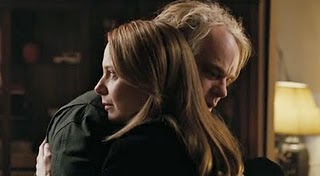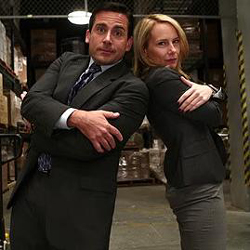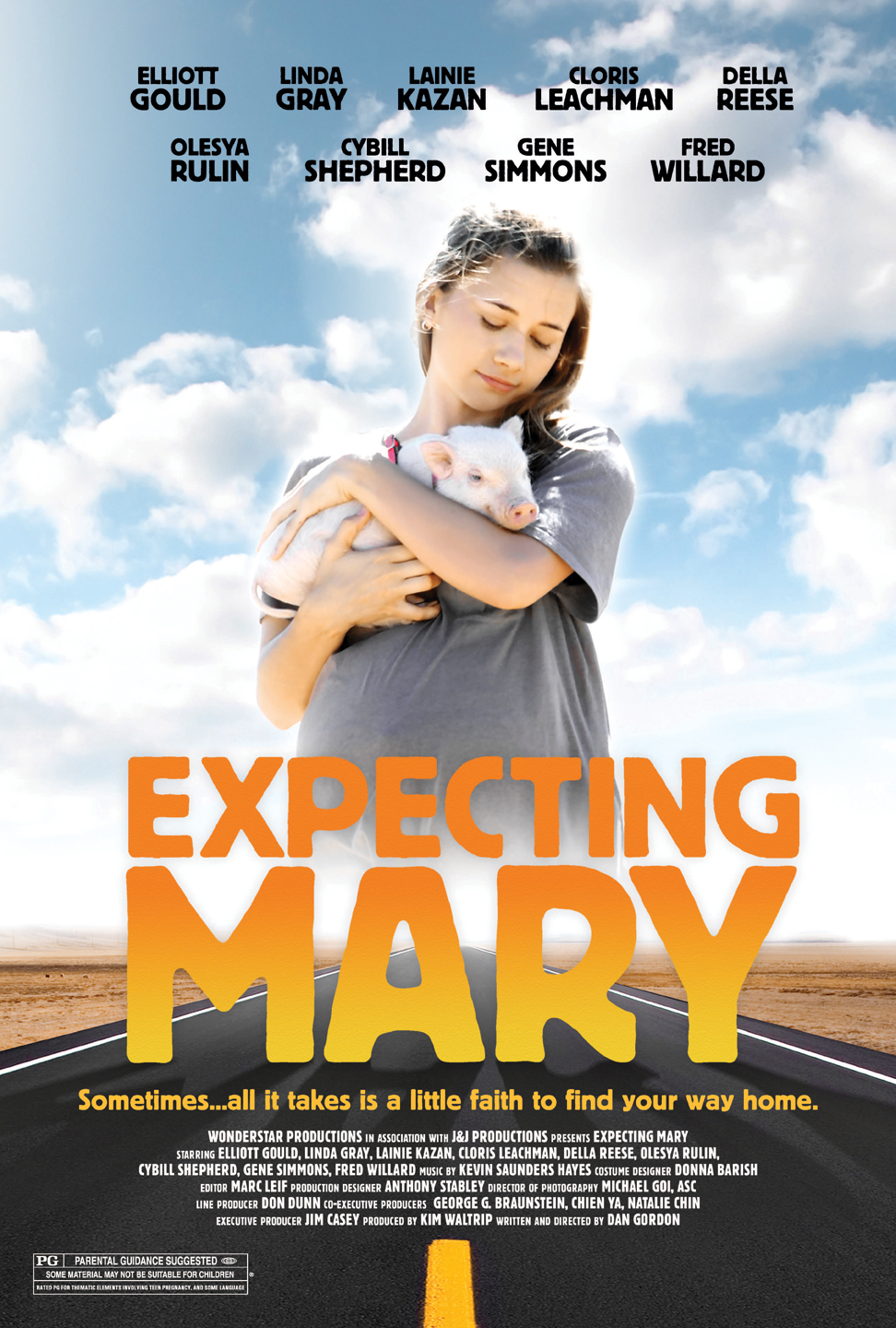Interview: Randall Wallace of ‘Secretariat’
Posted on October 5, 2010 at 3:59 pm
Randall Wallace, seminarian-turned-film-maker, knows how to raise the spirits and fill the hearts of the audience. In “Braveheart” and “We Were Soldiers,” he gave us some of the most inspiring screen heroes of our time. And now, as director of “Secretariat,” he takes one of the greatest 20th century stories of faith, determination, and unmatched achievement with the saga of the Triple Crown champion owned by a self-described “housewife” named Penny Tweedy who won him on a coin toss.
What makes a champion?
The victory occurs inside the champion before it occurs outside the champion. The task before the story-teller is to inspire and you can’t do that unless you are inspired. You have to change the story until it inspires you, until you have to shout it from the rooftops. Every warrior wants a battle worth his blood and Penny found that for herself. That’s what I love about being a story-teller, finding those defining moments. There are stories I heard as a child about a deceased ancestor that told me everything I needed to know about who they were and who I was supposed to be. That’s what you look for in a story. In this one, Penny not only declares who she is, she discovers who she is. Everything logical around her was saying, “You must do this” and she said, “No, I will do that.” It gave me goosebumps!
It is such fun to get a glimpse of the real Penny in the film.
She’s one of the people I not only admire the most but am most captivated by. She is really striking and uplifting. You can’t take your eyes off her. She’s magic. And she puts up with no nonsense. She’ll tell you exactly the way it is. Part of her was, “If this is done, I want to be around to see it, and have my say.” What she told me is that the right people finally came along and were willing to put the money into it to make it right.
I was very happy to see such a terrific movie with a family-friendly PG rating.
“Family movie” sometimes means mediocre. But this is a story that will speak to a person of any age or gender and confront you with the power and excitement and force you to consider what courage means. I found myself writing in my own journal “Belief is a stronger word than no.”
There’s a prevalent attitude in movie-making, politics, religion, education, certainly in entertainment that’s a sort of contempt for the audience. So many movies by the approach they choose to have indicate a lack of faith in the audience and assume they are attention-deficient. No they’re not! They’re craving something that matters, and you’re not giving it to them. When you just turn up the volume and substitute noise for excitement, you are admitting defeat and you’ve broken the covenant.
How did you make the film exciting when you had to show so many different races, all with the outcomes already known?
That is exactly what the challenge was. The audience says “I’m here, show me.” We can’t show them the same events from the same perspective over and over. I had to structure the architecture of the events. The first race is a build-up and we cut away from the moment to a freeze-frame. The next is the first time we’ve ever seen him run and he is so far behind and then he wins. Then there was the one that was 1000 frames a second as the horse has all four of his legs off the ground at once. That shot replaced a whole montage sequence. It’s far more fascinating to see it articulated in this way. That stood for six different victories. And then the Derby and the Belmont each had their own structure. The Derby we build up forever, slower and slower, and then there’s the silence which is in a way the loudest moment in the movie. And then the Belmont was going to go the other way, slow leading up to the race and then boom, what’s he doing?
You took a risk showing one race from the perspective of the people watching at home on television.
The Preakness was problematic. How is it going to look different? I had two enormous advantages. I had the actual footage which looked good. But the greater one to me was that the story was screaming for an answer to the question about the family. In the beginning, Penny makes a choice that seems to be moving away from family. Her family was there; she was somewhere else. And as a person who’s gotten on a family knowing I would not see my family for months. On my first film, I kissed them goodbye as they were sleeping at 4:30 and then again after they were in bed asleep at night. I only saw them asleep for months.
The pull you feel to show my sons as hard as it is for me and for them that a man takes care of business. I am loving them and that is defined by how I do it, not what I do but why I do. The most powerful thing I could show is what the family is feeling at home when they are watching this, to see her husband “as if the scales have fallen from his eyes.” And I got to show that in a scene that was about a horse race.
What do you look for in your projects?
People want to work on a movie that matters. And they look to the director. The speech I gave everybody was this: I’ve seen all your resumes and there are might be five films, there might be fifty. But the ones that stand out, the movies like “Chariots of Fire” or “Dances with Wolves,” this is one of those. We had a limited budget but what we did not lack was passion and imagination. We had the finest people in the world working on this film because it mattered to them.
What makes the story of Secretariat so captivating?
The story, ultimately, is about transcendence, about going beyond what anyone thought was possible, even the horse. His commitment to run that fast, and it was his choice, was what made it possible, and also what made it dangerous. He was running not against the horses in the race, but about every horse who ever ran, and then, after he rounded that corner, for the glory.





